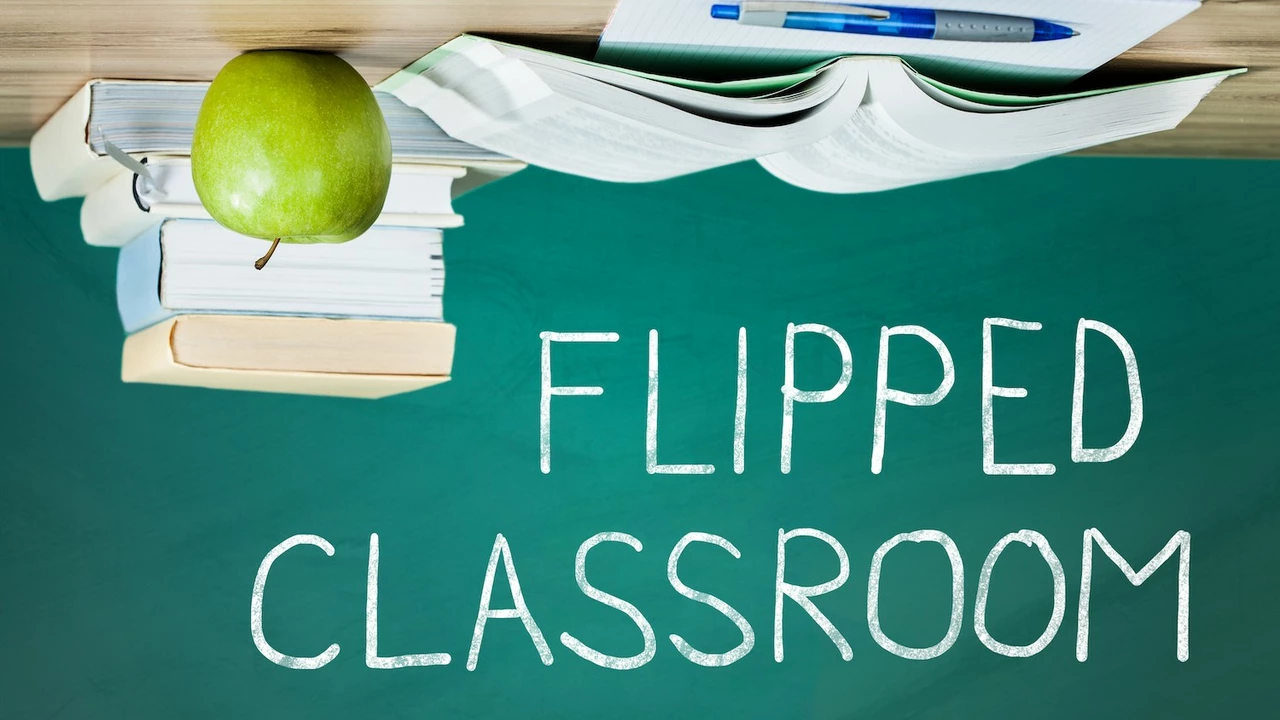Education Innovation: How Tech is Changing Learning
Did you know that over 70% of students now use some form of digital tool daily? That number keeps growing, and it’s not just about gadgets. Real change is happening in how teachers teach and learners learn. In this guide, you’ll see why digital learning matters and which trends are driving the shift. Grab a coffee and let’s break it down.
Why Digital Learning Matters
First off, digital learning makes education more flexible. A student in a small town can now join a live class from a top university without leaving home. That flexibility also helps teachers reach a wider audience, turning a single lecture into a global workshop. The tech side—videos, quizzes, interactive simulations—keeps learners engaged longer than a textbook ever could.
Another big win is data. Smart platforms track how a student answers each question, highlighting strengths and gaps instantly. Teachers get real‑time alerts, so they can adjust the lesson on the fly. For the learner, that means less time stuck on concepts they already know and more focus on what they need to master.
Top Trends Shaping Education Today
Artificial intelligence is the first trend you’ll hear about. AI tutors can answer simple questions, grade assignments, and even suggest personalized study paths. You don’t need to be a tech guru to use them—most are built into existing learning apps.
Virtual and augmented reality are catching up fast. Imagine a biology class where you can walk inside a cell or a history lesson that drops you onto a battlefield. Those experiences stick in memory much better than a slide deck.
Gamification is another game changer. Turning lessons into challenges, points, and leaderboards turns boring drills into something students actually want to play. It’s not about making school a video game; it’s about using game mechanics to boost motivation.
Finally, micro‑learning is gaining traction. Short, focused bursts of content—think five‑minute videos or quick quizzes—fit better into busy schedules. Learners can stack these bites throughout the day, building knowledge without feeling overloaded.
All these trends point to one thing: education is becoming more personalized, interactive, and accessible. Whether you’re a teacher looking for new tools or a student seeking better ways to study, the tech landscape offers options that were unimaginable a decade ago.
Ready to try something new? Start with a free trial of a popular edtech platform, experiment with a short VR demo, or add a quick AI‑powered quiz to your next lesson. Small steps add up, and soon you’ll see the ripple effect of education innovation in action.
